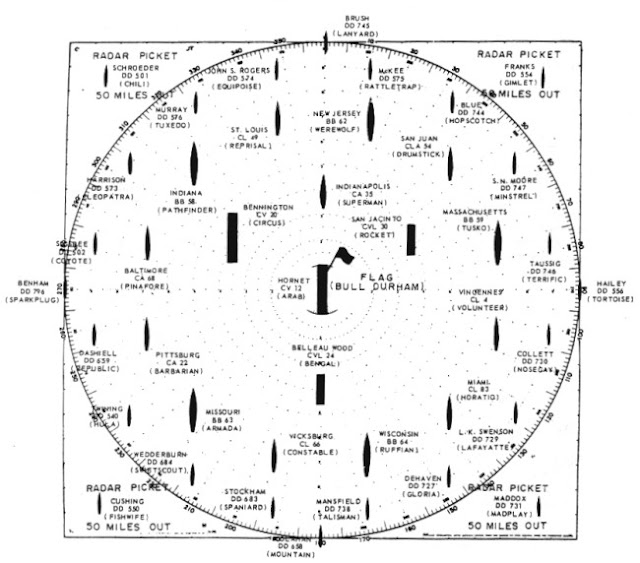U.S. Navy
Chinese Navy
A couple of day ago I discovered this opening paragraph on a blog that I read daily.
I became resigned to the terms that Galrahn, master of the most cutting edge naval centric blog, Information Dissemination had put forth. But, as the next couple of days have shown, before he slows down or begins to fore-go sleep and free time, when joy is visited on the good master's home.I'm going to slow down my posting as we approach the holiday season. The reason is actually two fold. First, my wife is due to have our third child at the end of December, and I still have many things to get done before then. Second, Christmas is approaching and I am absolutely committed to finish reading all the books I have purchased and not yet read this year so I can restock via a delivery from Santa.
With the budget basically being a 90 day hanging curve-ball, I figure now is as good a time as any to step back awhile.
But in advance of that time and for the present, Galrahn has put up two dandy posts that exhibit his insight and ability to gin up the questions and be Socratic in his approach to posing questions about the future and utility of having a strong navy. He began with a post where he begins discussing US primacy in Asia by extensively quoting from a speech by Malcolm Turnbull, an Australian government minister.
Galrahn, goes on to comment on this speech....A humiliation that in the 20th century included the brutality of the Japanese occupation and rape of Nanjing, and in the 19th, the Opium Wars which were the equivalent of the Medellin Cartel sending a nuclear submarine up the Potomac and threatening, successfully, to destroy the Capitol and White House unless the US disbanded the Drug Enforcement Agency...
He then adds a link and quotes from an article from Hugh White in the NYT's, that supported Trunbull's views, then ends with this Socratic question.From a strategic perspective, I note that - finally - we see a legitimate political leader (and as expected, outside the US) at least attempting to raise the topic of policy options should US primacy not be maintained in the Pacific.
Read more:As China builds up military resources and capabilities commensurable with their economic growth, how should the US respond? Whose strategic vision of the future includes US prosperity and security regardless of whether China is the largest economy in the world or not?
US Primacy in Asia: Not Inevitable
Then before the day was even half over another thoughtful post appeared; based on the previous primacy post, and assumed top billing as it added another log on the great meeting fire circle that hosted the converging views that were sure to be drawn into the discussion he had stoked. Relating back to an earlier time when he was invited out to meet with his globe trotting uncle who introduced him to how global business works by bringing him along on several important meetings.
I learned a lot, no question, and many things I learned that week have stuck with me through the years, but there was one 3 hour meeting I attended where those gathered discussed the shift in the late 70s away from the gold standard towards the global economy today, and over time I have come to accept their argument as a quiet truth understood by those on the global side of big money: The Gold Standard was replaced by the proverbial F-16 Standard in 1979 to save the world during a global energy crisis. It was at that time America's debt economy was born.
Because of overwhelming US military power and because the US was willing to use force when necessary to protect interests, it was believed that no competitor to the US dollar would ever emerge until a competitor to the proverbial F-16 emerged first. Keep in mind, these are bankers and strategy consists mostly of risk management in their world. The only safe bet in the emerging global economic order that included many new players participating as resource contributors was the raw power of the United States to back the US currency by force.
Basing the remainder of the post on an article by author Robert Kaplan, Galrahn ends with this analogy.After watching the banking crisis of the last few years and the war of the last decade, I frequently wonder if the proverbial F-16 standard even exists in the minds of global bankers anymore.
To use a simplistic and imperfect historical analogy as bloggers tend to do, I would suggest strategic balance in East Asia is achieved as long as the US emerges as Athens and China emerges as Sparta, and the global security environment and global economy is managed better than it was by the ancient and modern Greeks respectively. If that happens, the 21st century has an opportunity for a prosperous and promising future. However, if China strives to become Athens and US policy continues to be driven by the Spartans in the DoD; Australia, everyone else in the Pacific, and Washington, DC should not only be preparing for, but expecting war.
The AEGIS Standard Towards Strategic Balance
Galrahn raises important questions that like a thread of logic draws in information from a galaxy of sources to craft important questions and provoke thought about the role that the US Navy has played and needs to play in the future.


















